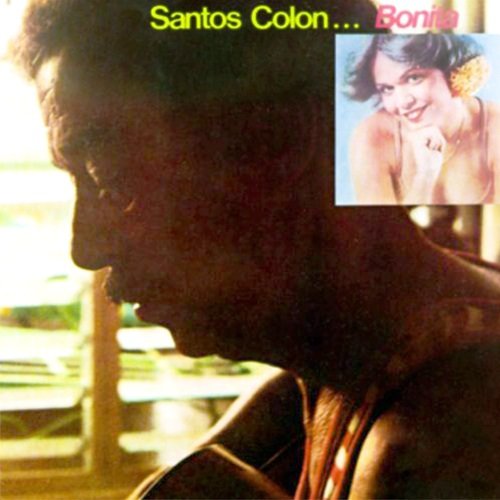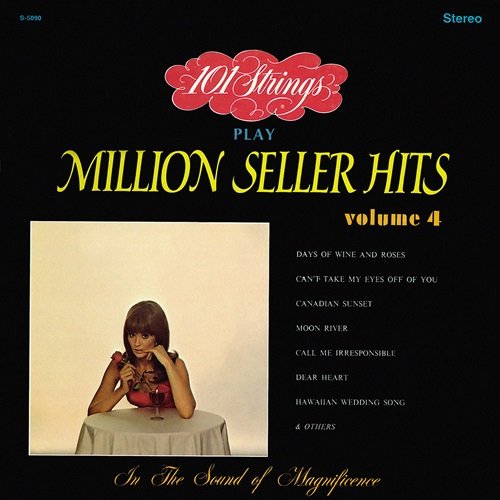Mario Stefano Pitrodarchi, ExclusIVe Saxophone Quartet - Bellafronte, Piazzolla, Dinelli, Scarcella Perino: Exclusive Saxophone Quartet (2021)
- 09 Jul, 05:42
- change text size:
Facebook
Twitter
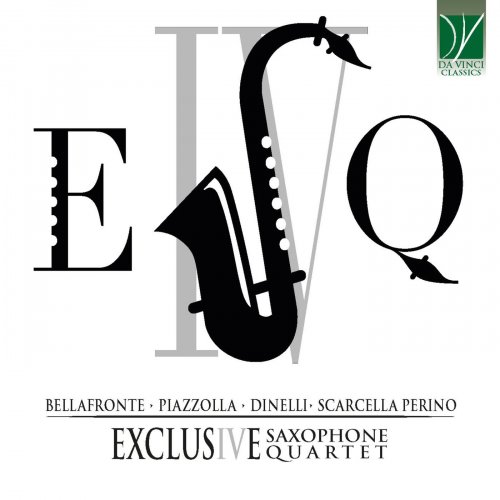
Artist: Mario Stefano Pitrodarchi, ExclusIVe Saxophone Quartet
Title: Bellafronte, Piazzolla, Dinelli, Scarcella Perino: Exclusive Saxophone Quartet
Year Of Release: 2021
Label: Da Vinci Classics
Genre: Classical
Quality: FLAC (tracks)
Total Time: 50:01
Total Size: 207 MB
WebSite: Album Preview
Tracklist:Title: Bellafronte, Piazzolla, Dinelli, Scarcella Perino: Exclusive Saxophone Quartet
Year Of Release: 2021
Label: Da Vinci Classics
Genre: Classical
Quality: FLAC (tracks)
Total Time: 50:01
Total Size: 207 MB
WebSite: Album Preview
01. Concerto No. 3: I. Nervoso (For Bandoneon and Saxophone Quartet)
02. Concerto No. 3: II. In volo (For Bandoneon and Saxophone Quartet)
03. Cuatro Estaciones Porteñas: No. 1, Primavera Porteña (1970) (Arr. for Saxophone Quartet)
04. Cuatro Estaciones Porteñas: No. 2, Verano Porteño (1965) (Arr. for Saxophone Quartet)
05. Cuatro Estaciones Porteñas: No. 3, Otoño Porteño (1970) (Arr. for Saxophone Quartet)
06. Cuatro Estaciones Porteñas: No. 4, Invierno Porteño (1969) (Arr. for Saxophone Quartet)
07. Saxofour: I. Calmo ma non troppo
08. Saxofour: II. Trotterellando
09. Saxofour: III. Con moto (divertente)
10. Tennis Quartet
Concerto No. 3
for Bandoneon and Saxophone Quartet
From the piece’s very beginning, the lines of the five instruments are often asymmetrical and rhythmically strongly characterized. The color-changing tones of the saxophones and the multifaceted melos of the bandoneon culminate in a central part full of tension and obsessive repetitiveness, with increasingly pressing small variations. On this fabric, a melos of broad and yet essential notes unfolds, aimed at emphasizing the chosen dynamic path. After various developments the initial theme returns, closing the first movement. Only the last bars offer once more a sense of satisfied serenity to the listener: through gameplay, irony and passion the circle is closed. The second movement represents the illusion par excellence, i.e. the flight. With an airy and passionate sound construction, the bandoneon traces its spirals above the four saxophones’ dense rhythmic and melodic path; it is only interrupted in the central section, where everything subsides, floating in a sort of suspended, dreamy, and rarefied atmosphere.
Raffaele Bellafronte graduated in piano with Lucia Passaglia and studied composition and analysis with Firmino Sifonia, Giampaolo Chiti and Fulvio Delli Pizzi. His works have been published by Rai Trade, Curci, Carisch, Bongiovanni, Bèrben, Les Productions d’Oz (Canada), DaVinci Editions. His works have been premiered beyond the boundaries of his homeland, reaching concert halls and theaters among the most important in the world such as: Carnegie Hall in New York, Musikverein and Konzerthaus in Vienna, Wigmore Hall in London, Tchaikovsky Hall in Moscow, Teatro alla Scala in Milan. Other World Premieres of his works took place at several world conventions such as: Denver 2004 (trumpet), San Diego 2005 (flute), Tokyo 2005 (clarinet), New York 2013 (double bass). He has recorded for Brilliant Classics, Summit Records, Stradivarius, Tactus, Delos International, Rai Trade, Bongiovanni. He is the founder and artistic director of the Masterclasses – Seminari Musicali Internazionali; for twenty years, starting in 1990, he has directed all editions of this event. Since 2007 he has been the Artistic Director of the Rossetti Theatre and the Civic School of Music – Città di Vasto. He is a professor at the “Perosi” Conservatory in Campobasso. In 2003, his recording of his Suite No. 1 for Delos (USA) was nominated for a Grammy Award.for Delos Records (USA). In 2017 he received the prestigious international award “Golden Guitar for composition” at the 22nd International Convention for Guitar on the occasion of the 50th edition of the “Michele Pittaluga” Guitar Competition in Alessandria. His recordings and publications are included in the major music catalogs of the world.
Cuatro Estaciones Porteñas
Astor Piazzolla composed Las Cuatro Estaciones Porteñas, or The Four Seasons of Buenos Aires, between 1965 and 1970. Although they were performed together by Piazzolla himself, becoming in fact a real suite, the pieces were at first conceived individually and independently of each other. The term “Porteño” identifies the inhabitants of Buenos Aires of European descent, wishing to distinguish themselves from the descendants of the “criollo” (Spanish colonizers), from mestizos and indigenous peoples. The work therefore aims to be a tribute to the city of Buenos Aires, musically represented in the four seasons of the year. The Estaciones were originally conceived by the author for the setting of the standard ensemble with which he usually performed, i.e. a quintet with violin, piano, guitar, double bass and bandoneon. In the transcription of Alessandro Fabbri recorded here, the work maintains the typical and pleasant characteristics of Piazzolla’s writing. In fact, each piece consists of a single movement where, however, rhythmical and lively moments alternate with more meditative ones. The sax quartet is homogeneous in color; however, due to the specific characteristics of each instrument and to their skillfully employed virtuoso possibilities, this ensemble is well suited for highlighting some rhythmic idiosyncrasies. These include the characteristically displaced accents of traditional Argentine music, underlining the “Piazzolla signature” motif, i.e. the chromatically descending bass creating a melancholy and poignant atmosphere. (Piero Barbareschi)
Saxofour
Commissioned by Cluster, an association of composers and performers for today’s music, the quartet was originally created in 2015 consisting of two movements. Later, the composer added a third movement for the purpose of completing the musical discourse. The first version was premiered by ExclusIVe Saxophone Quartet in the same year, after which several performances of the final form followed. Saxofour’s aesthetics comprises different genres: the first movement, peaceful and dreamy, comes in the form of a melancholic and sweet melody; the second, more rhythmic and lighter, interrupts the atmosphere of the first and prepares the third movement; the third one, “Fellinesque” and particularly lively, hints at counterpoint with a fugato part and closes “with a bang”.
When Edoardo Dinelli was 5 years old and sat at a piano for the first time, it was love at first sight. As he grew up, what used to be a game became a passion and then an obsession. He began studying seriously with Professor Nadia Puccinelli and soon obtained a Piano Degree at the “Rinaldo Franci” musical Institute in Siena. Meanwhile, Since his interest in music grew increasingly stronger, he began his training as a composer with Maestros Fabrizio Papi and Pietro Rigacci. Later on, he specialized in Film and Video scoring with important composers such as Manuel De Sica, Franco Mannino and Luis Bacalov at the Scuola Nazionale di Cinema in Rome. Finally, following his real and innermost passion, he obtained a master’s degree in music and New Technologies at the Conservatorio L. Cherubini in Florence with Professor Alfonso Belfiore, allowing him to channel powerfully his own creativity towards multimedia and Computer Music. He currently lives and works in Florence. As a composer and producer, he collaborated, among others, with the cultural Association Il Paracadute di Icaro, for which he composed the stage music of several shows staged by the company at Teatro di Rifredi in Florence. His music for the show #IOSONOSAMIA is particularly interesting; it is based on the novel “Non dirmi che hai paura” by Giuseppe Catozzella, staged at the Teatro di Rifredi in January 2020.
Tennis Quartet
This quartet, as can be seen from the title, aims to describe a tennis match. Because it is a quartet, the composer imagined not singles, but a doubles match between two teams of two players. Each player in this case uses the saxophone (instead of racquet) to hit notes over the music staff, instead of felt-covered balls over a net into their opponent’s side of the court. The main theme is a semi-chromatic scale of 10 notes split by a quaver break into 4 progressive cells of 1, 2, 3 and 4 notes. The whole piece is also divided in 4 parts: 3 sections plus a coda. The first and the third sections include lively and rhythmic phrases exchanged between the four parts, while the middle section is a slow and emotional swing describing the long duration of the games in slow motion. The main theme comes back at the end in the form of a fugue, played first by the soprano and then followed by the alto, the tenor, and the baritone until, with a surprise, the last shot wins the match point.
Roberto Scarcella Perino studied with Slovenian pianist Sonja Pahor to whom he dedicated his first Piano Sonata. He holds degrees in Piano from the Conservatory “Corelli” in Messina and in Composition from the Conservatory Martini in Bologna. He studied composition at Accademia di Santa Cecilia in Rome with Azio Corghi, in Milan and in Parma at Accademia Petrassi, and also Conducting at the Juilliard School of Music. He graduated from the University of Bologna with a degree in Musicology and he taught Music Analysis at the Arturo Toscanini Foundation in Parma.
The works of Roberto Scarcella Perino, composer, include five operas, two piano concertos, five piano sonatas, movie scores, three ballets, chamber music and choral pieces. His music has been commissioned, performed, and recorded by important ensembles and soloists throughout Europe, Asia and the United States, including Orchestra Arturo Toscanini, Orchestra della Toscana, and Exclusive Saxophone Quartet. Summer 2022will see the world premiere of A Sweet Silence in Cremona, his new opera written with librettist Mark Campbell, commissioned by NYU Florence and Casa italiana Zerilli-Marimò. He is a Clinical Assistant Professor at the NYU Italian Department, Scholar in Residence at the American Institute for Verdi Studies, and the Composer in Residence at the Casa italiana Zerilli-Marimò. Every summer, Roberto teaches a course on Italian Opera at NYU in Florence.
ExclusIVe Saxophone Quartet plays Vandoren Traditional Reeds on:
Soprano Yanagisawa S9930, with LefreQue sound bridge
Alto Selmer – III series
Tenor Selmer Super Action – I series
Bariton Selmer Super Action – II series
for Bandoneon and Saxophone Quartet
From the piece’s very beginning, the lines of the five instruments are often asymmetrical and rhythmically strongly characterized. The color-changing tones of the saxophones and the multifaceted melos of the bandoneon culminate in a central part full of tension and obsessive repetitiveness, with increasingly pressing small variations. On this fabric, a melos of broad and yet essential notes unfolds, aimed at emphasizing the chosen dynamic path. After various developments the initial theme returns, closing the first movement. Only the last bars offer once more a sense of satisfied serenity to the listener: through gameplay, irony and passion the circle is closed. The second movement represents the illusion par excellence, i.e. the flight. With an airy and passionate sound construction, the bandoneon traces its spirals above the four saxophones’ dense rhythmic and melodic path; it is only interrupted in the central section, where everything subsides, floating in a sort of suspended, dreamy, and rarefied atmosphere.
Raffaele Bellafronte graduated in piano with Lucia Passaglia and studied composition and analysis with Firmino Sifonia, Giampaolo Chiti and Fulvio Delli Pizzi. His works have been published by Rai Trade, Curci, Carisch, Bongiovanni, Bèrben, Les Productions d’Oz (Canada), DaVinci Editions. His works have been premiered beyond the boundaries of his homeland, reaching concert halls and theaters among the most important in the world such as: Carnegie Hall in New York, Musikverein and Konzerthaus in Vienna, Wigmore Hall in London, Tchaikovsky Hall in Moscow, Teatro alla Scala in Milan. Other World Premieres of his works took place at several world conventions such as: Denver 2004 (trumpet), San Diego 2005 (flute), Tokyo 2005 (clarinet), New York 2013 (double bass). He has recorded for Brilliant Classics, Summit Records, Stradivarius, Tactus, Delos International, Rai Trade, Bongiovanni. He is the founder and artistic director of the Masterclasses – Seminari Musicali Internazionali; for twenty years, starting in 1990, he has directed all editions of this event. Since 2007 he has been the Artistic Director of the Rossetti Theatre and the Civic School of Music – Città di Vasto. He is a professor at the “Perosi” Conservatory in Campobasso. In 2003, his recording of his Suite No. 1 for Delos (USA) was nominated for a Grammy Award.for Delos Records (USA). In 2017 he received the prestigious international award “Golden Guitar for composition” at the 22nd International Convention for Guitar on the occasion of the 50th edition of the “Michele Pittaluga” Guitar Competition in Alessandria. His recordings and publications are included in the major music catalogs of the world.
Cuatro Estaciones Porteñas
Astor Piazzolla composed Las Cuatro Estaciones Porteñas, or The Four Seasons of Buenos Aires, between 1965 and 1970. Although they were performed together by Piazzolla himself, becoming in fact a real suite, the pieces were at first conceived individually and independently of each other. The term “Porteño” identifies the inhabitants of Buenos Aires of European descent, wishing to distinguish themselves from the descendants of the “criollo” (Spanish colonizers), from mestizos and indigenous peoples. The work therefore aims to be a tribute to the city of Buenos Aires, musically represented in the four seasons of the year. The Estaciones were originally conceived by the author for the setting of the standard ensemble with which he usually performed, i.e. a quintet with violin, piano, guitar, double bass and bandoneon. In the transcription of Alessandro Fabbri recorded here, the work maintains the typical and pleasant characteristics of Piazzolla’s writing. In fact, each piece consists of a single movement where, however, rhythmical and lively moments alternate with more meditative ones. The sax quartet is homogeneous in color; however, due to the specific characteristics of each instrument and to their skillfully employed virtuoso possibilities, this ensemble is well suited for highlighting some rhythmic idiosyncrasies. These include the characteristically displaced accents of traditional Argentine music, underlining the “Piazzolla signature” motif, i.e. the chromatically descending bass creating a melancholy and poignant atmosphere. (Piero Barbareschi)
Saxofour
Commissioned by Cluster, an association of composers and performers for today’s music, the quartet was originally created in 2015 consisting of two movements. Later, the composer added a third movement for the purpose of completing the musical discourse. The first version was premiered by ExclusIVe Saxophone Quartet in the same year, after which several performances of the final form followed. Saxofour’s aesthetics comprises different genres: the first movement, peaceful and dreamy, comes in the form of a melancholic and sweet melody; the second, more rhythmic and lighter, interrupts the atmosphere of the first and prepares the third movement; the third one, “Fellinesque” and particularly lively, hints at counterpoint with a fugato part and closes “with a bang”.
When Edoardo Dinelli was 5 years old and sat at a piano for the first time, it was love at first sight. As he grew up, what used to be a game became a passion and then an obsession. He began studying seriously with Professor Nadia Puccinelli and soon obtained a Piano Degree at the “Rinaldo Franci” musical Institute in Siena. Meanwhile, Since his interest in music grew increasingly stronger, he began his training as a composer with Maestros Fabrizio Papi and Pietro Rigacci. Later on, he specialized in Film and Video scoring with important composers such as Manuel De Sica, Franco Mannino and Luis Bacalov at the Scuola Nazionale di Cinema in Rome. Finally, following his real and innermost passion, he obtained a master’s degree in music and New Technologies at the Conservatorio L. Cherubini in Florence with Professor Alfonso Belfiore, allowing him to channel powerfully his own creativity towards multimedia and Computer Music. He currently lives and works in Florence. As a composer and producer, he collaborated, among others, with the cultural Association Il Paracadute di Icaro, for which he composed the stage music of several shows staged by the company at Teatro di Rifredi in Florence. His music for the show #IOSONOSAMIA is particularly interesting; it is based on the novel “Non dirmi che hai paura” by Giuseppe Catozzella, staged at the Teatro di Rifredi in January 2020.
Tennis Quartet
This quartet, as can be seen from the title, aims to describe a tennis match. Because it is a quartet, the composer imagined not singles, but a doubles match between two teams of two players. Each player in this case uses the saxophone (instead of racquet) to hit notes over the music staff, instead of felt-covered balls over a net into their opponent’s side of the court. The main theme is a semi-chromatic scale of 10 notes split by a quaver break into 4 progressive cells of 1, 2, 3 and 4 notes. The whole piece is also divided in 4 parts: 3 sections plus a coda. The first and the third sections include lively and rhythmic phrases exchanged between the four parts, while the middle section is a slow and emotional swing describing the long duration of the games in slow motion. The main theme comes back at the end in the form of a fugue, played first by the soprano and then followed by the alto, the tenor, and the baritone until, with a surprise, the last shot wins the match point.
Roberto Scarcella Perino studied with Slovenian pianist Sonja Pahor to whom he dedicated his first Piano Sonata. He holds degrees in Piano from the Conservatory “Corelli” in Messina and in Composition from the Conservatory Martini in Bologna. He studied composition at Accademia di Santa Cecilia in Rome with Azio Corghi, in Milan and in Parma at Accademia Petrassi, and also Conducting at the Juilliard School of Music. He graduated from the University of Bologna with a degree in Musicology and he taught Music Analysis at the Arturo Toscanini Foundation in Parma.
The works of Roberto Scarcella Perino, composer, include five operas, two piano concertos, five piano sonatas, movie scores, three ballets, chamber music and choral pieces. His music has been commissioned, performed, and recorded by important ensembles and soloists throughout Europe, Asia and the United States, including Orchestra Arturo Toscanini, Orchestra della Toscana, and Exclusive Saxophone Quartet. Summer 2022will see the world premiere of A Sweet Silence in Cremona, his new opera written with librettist Mark Campbell, commissioned by NYU Florence and Casa italiana Zerilli-Marimò. He is a Clinical Assistant Professor at the NYU Italian Department, Scholar in Residence at the American Institute for Verdi Studies, and the Composer in Residence at the Casa italiana Zerilli-Marimò. Every summer, Roberto teaches a course on Italian Opera at NYU in Florence.
ExclusIVe Saxophone Quartet plays Vandoren Traditional Reeds on:
Soprano Yanagisawa S9930, with LefreQue sound bridge
Alto Selmer – III series
Tenor Selmer Super Action – I series
Bariton Selmer Super Action – II series

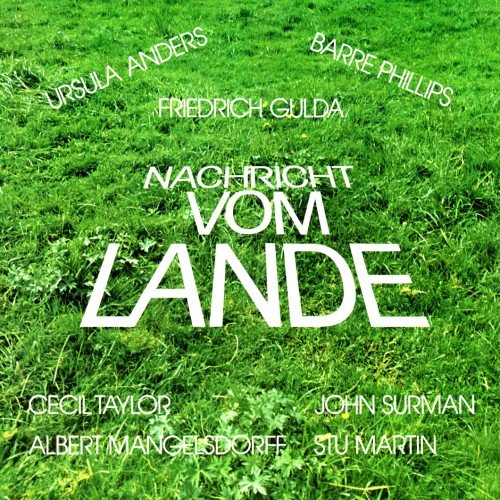
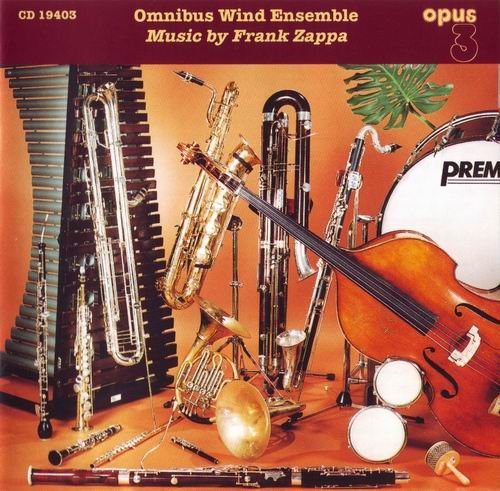
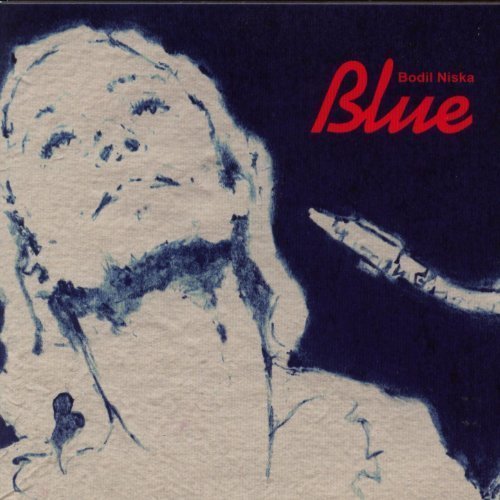
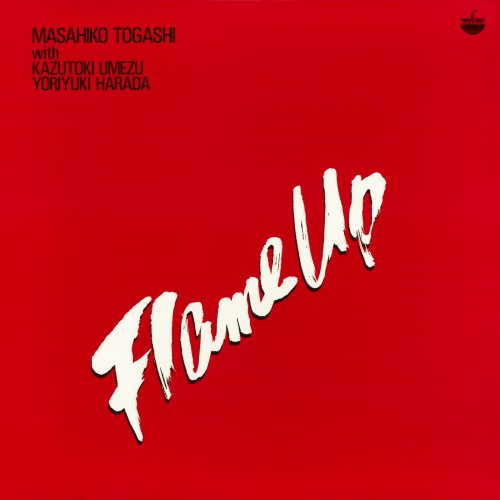

![PEAKS, Florian Marques - Invitation(s) (2025) [Hi-Res] PEAKS, Florian Marques - Invitation(s) (2025) [Hi-Res]](https://www.dibpic.com/uploads/posts/2026-01/1767415608_cover.jpg)
![Old Unconscious - Sunfort (2018) [Hi-Res] Old Unconscious - Sunfort (2018) [Hi-Res]](https://img.israbox.com/img/2025-12/31/5tcnpx758xto8wcs9z1xk8ph0.jpg)
